Refugee, migrant, asylum-seeker, internally displaced person. There are so many words used to describe people who leave their home behind and seek refuge somewhere else.
Many of these terms have distinct and different meanings, and confusing them leads to problems for both populations. In this blog post I will differentiate terms and define their meaning. However, the question remains: should we use a specific term or does this only contribute in placing people in boxes, often the wrong boxes?
That is a question I will try to answer another time. First I will explain the different meanings and when to use them. I get my information from sources like the dictionairy but also the United Nations, Amnesty International and other reliable sources. If anything isn’t right or you have a question please do comment at the comment section at the end of this page.
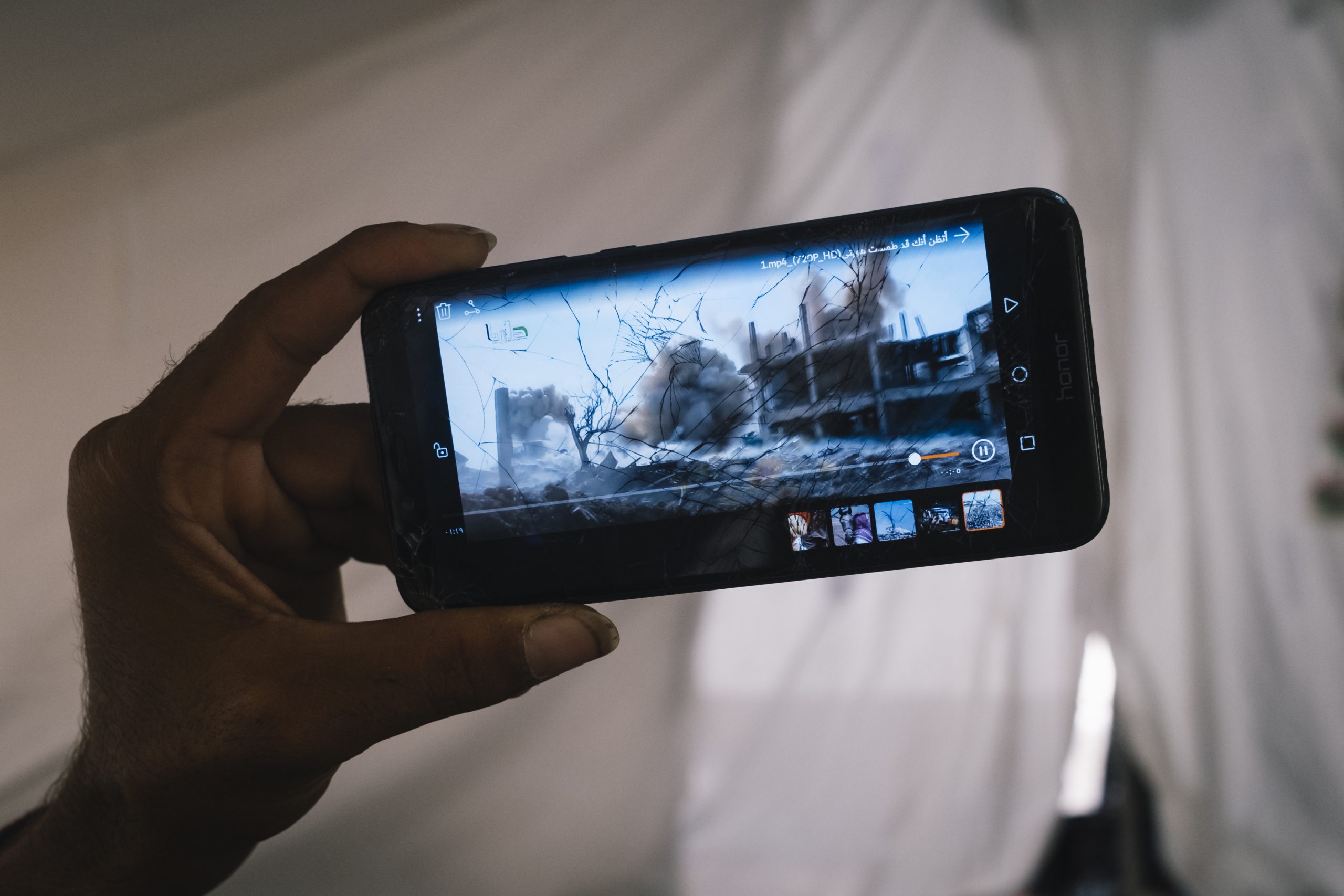
When do you use the word ‘refugee’?
The main difference between for example a refugee and a migrant is choice. Simply speaking, a migrant is someone who chooses to move, and a refugee is someone who has been forced from his or her home.
The UNHCR defines refugees as people who are “fleeing armed conflict or persecution” and “for whom denial of asylum has potentially deadly consequences.” This group of people leave their home countries because it is dangerous for them to stay. Sending them back to their home countries could mean sentencing them to death. They often arrive without their personal belongings, sometimes without preplanning.
Their situation is often so perilous and intolerable that they cross national borders to seek safety in nearby countries, and thus become internationally recognized as “refugees” with access to assistance from States, UNHCR, and other organizations. These are people for whom denial of asylum has potentially deadly consequences. More on asylum-seekers below.
Refugees are defined and protected in international law. The 1951 Refugee Convention and its 1967 Protocol as well as other legal texts, such as the 1969 OAU Refugee Convention, remain the cornerstone of modern refugee protection. The 1951 Convention defines who is a refugee and outlines the basic rights which States should afford to refugees. One of the most fundamental principles laid down in international law is that refugees should not be expelled or returned to situations where their life and freedom would be under threat.
The protection of refugees has many aspects. These include;
- safety from being returned to the dangers they have fled;
- access to asylum procedures that are fair;
- and efficient and measures to ensure that their basic human rights are respected to allow them to live in dignity and safety while helping them to find a longer-term solution.
States bear the primary responsibility for this protection.
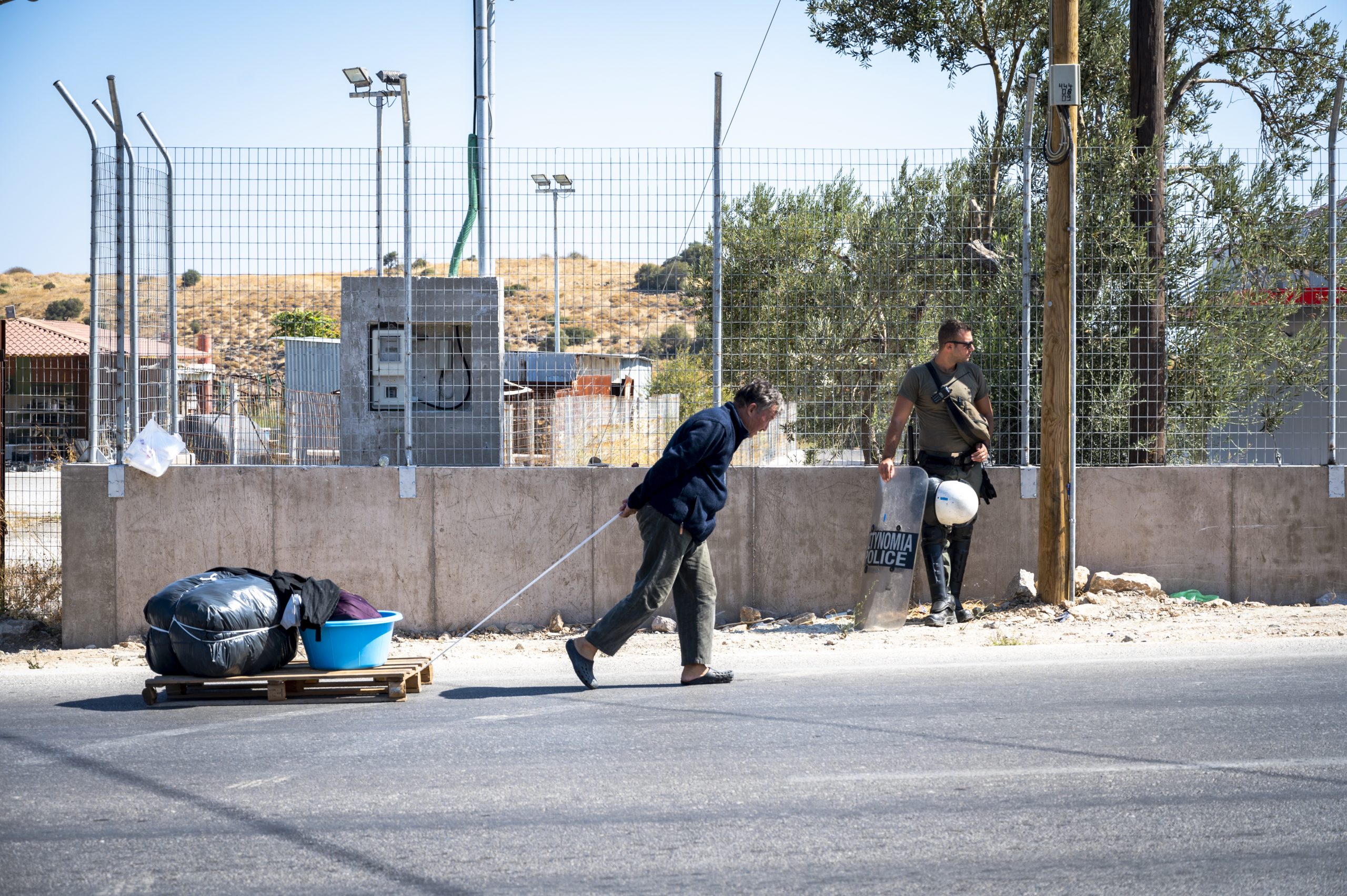
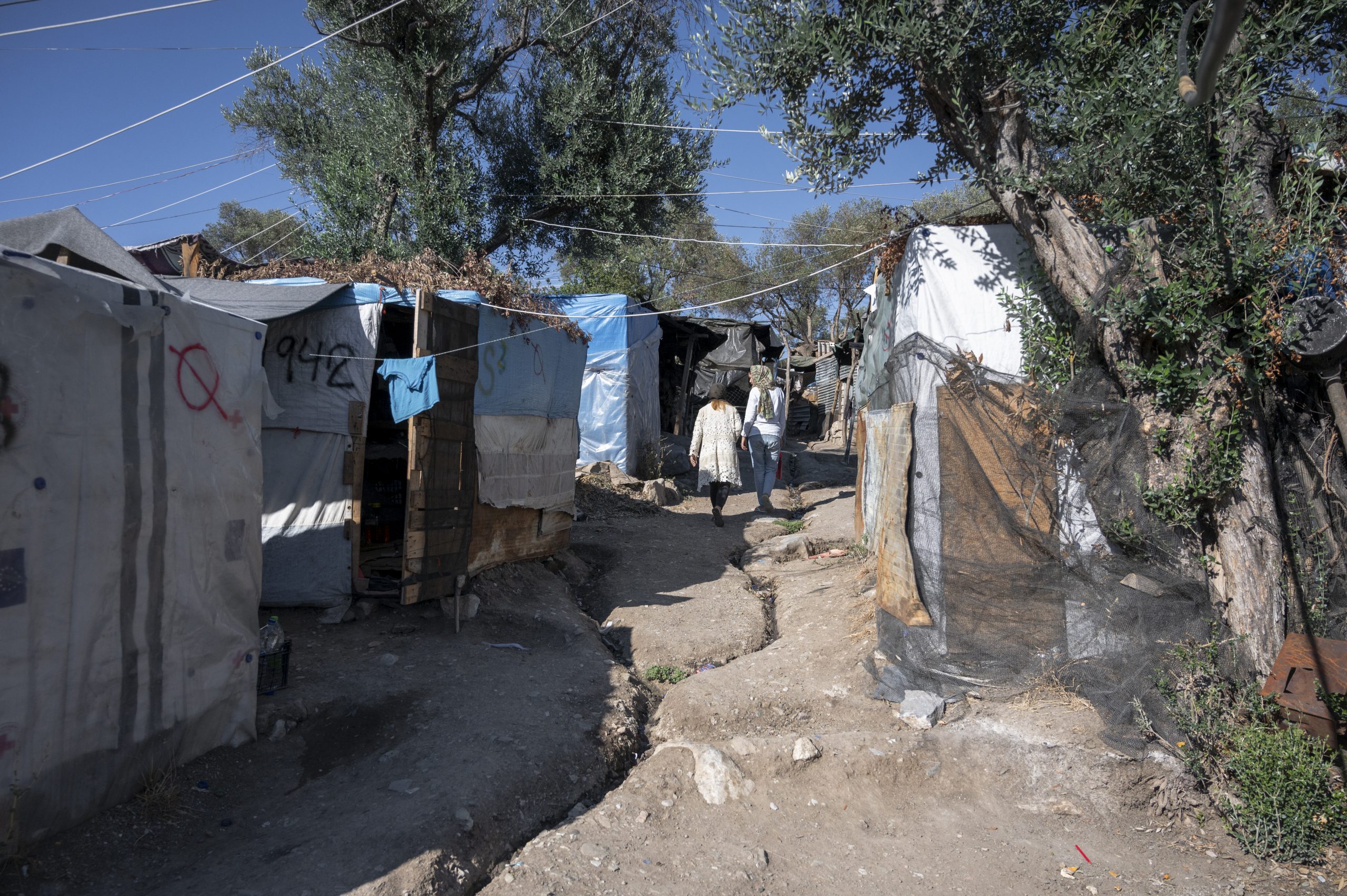
What is a migrant?

Migrants may move for any number of reasons. Some of them move to be with family or for economic reasons. Others move for education. Many of them return to their home countries after a few years. They are often able to plan their own travel and bring or sell their belongings. I lived abroad as a migrant for five years. However, does this mean that all migrants are moving from good situations? Unfortunately, no. Many people migrate because their homes have become dangerous or difficult to live in. They might be fleeing from unrest, famine, drought, or economic collapse. But unless they are in danger of conflict or persecution, they are not considered refugees.
According to the UNHCR migrants choose to move not because of a direct threat of persecution or death, but mainly to improve their lives by finding work, or in some cases for education, family reunion, or other reasons. Unlike refugees who cannot safely return home, migrants face no such impediment to return. If they choose to return home, they will continue to receive the protection of their government.
The difference between migrant and refugee is important. The international convention in 1951 outlined certain rights for refugees, whereas migrants have no such rights. As I wrote before refugees are protected from being deported or returned to situations that might threaten their lives. They are to be given access to social services and to be integrated into their new country’s society. Migrants, on the other hand, are subjected to a country’s immigration laws and procedures and can be turned away or deported back to their homeland.

When is someone a displaced person?
There are about 80 million forcibly displaced people worldwide. That doesn’t mean that all of them are refugees. 26 million of them are refugees and 45.7 million of them are internally displaced people. But what does that mean? And what is the difference?
Displaced people include internally displaced people (people who remain in their own countries) as well as refugees (people who cross international borders).
According to the WHO (World Health Organisation) displaced people are; people who have had to leave their homes as a result of a natural, technological or deliberate event.
UNHCR and United Nations Guiding Principles on Internal Displacement define an IDP (Internally Displaced Person) as a person who have not crossed a border to find safety. Unlike refugees, they are on the run at home. So IDPs stay within their own country and remain under the protection of its government, even if that government is the reason for their displacement.
IDPs, being inside their country, remain entitled to all the rights and guarantees as citizens and other habitual residents of their country. As such, national authorities have the primary responsibility to prevent forced displacement and to protect IDPs. So, you might undestand why people cross the border..

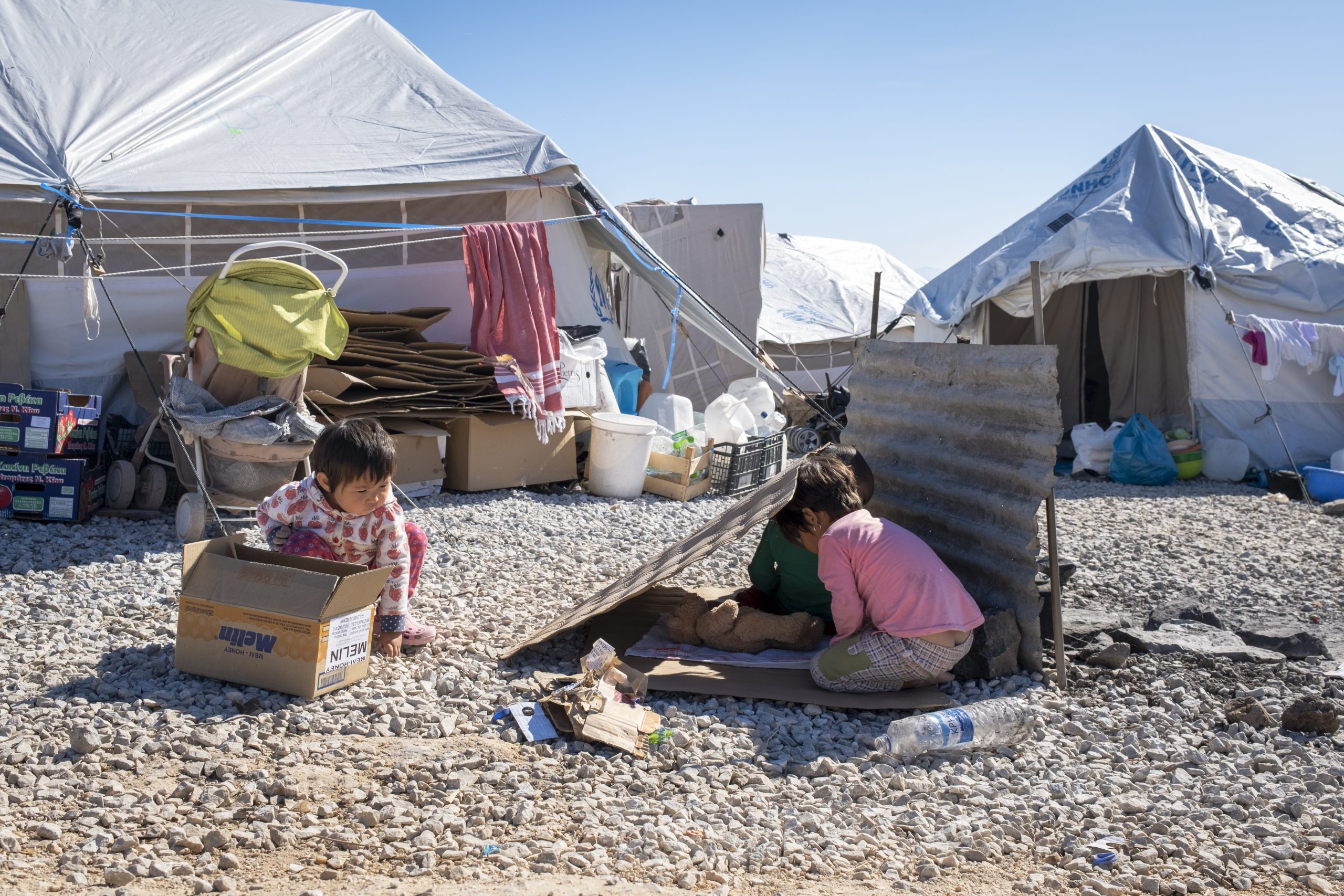

What is meant with ‘asylum-seeker’?
According to the UNHCR asylum-seekers are individuals who have sought international protection and whose claims for refugee status have not yet been determined.
Amnesty International defines an asylum-seeker as a person who has left their country and is seeking protection from persecution and serious human rights violations in another country, but who hasn’t yet been legally recognized as a refugee and is waiting to receive a decision on their asylum claim. Seeking asylum is a human right. This means everyone should be allowed to enter another country to seek asylum.
Every year, around one million people seek asylum.
National asylum systems are in place to determine who qualifies for international protection. However, during mass movements of refugees (like what was happening in 2015 when thousands of refugees arrived in Turkey, Lebanon and Greece or in 2019 when Venezuelans arrived in Colombia), usually as a result of conflict or violence, it is not always possible or necessary to conduct individual interviews with every asylum-seeker who crosses a border. These groups are often called ‘prima facie’ refugees.
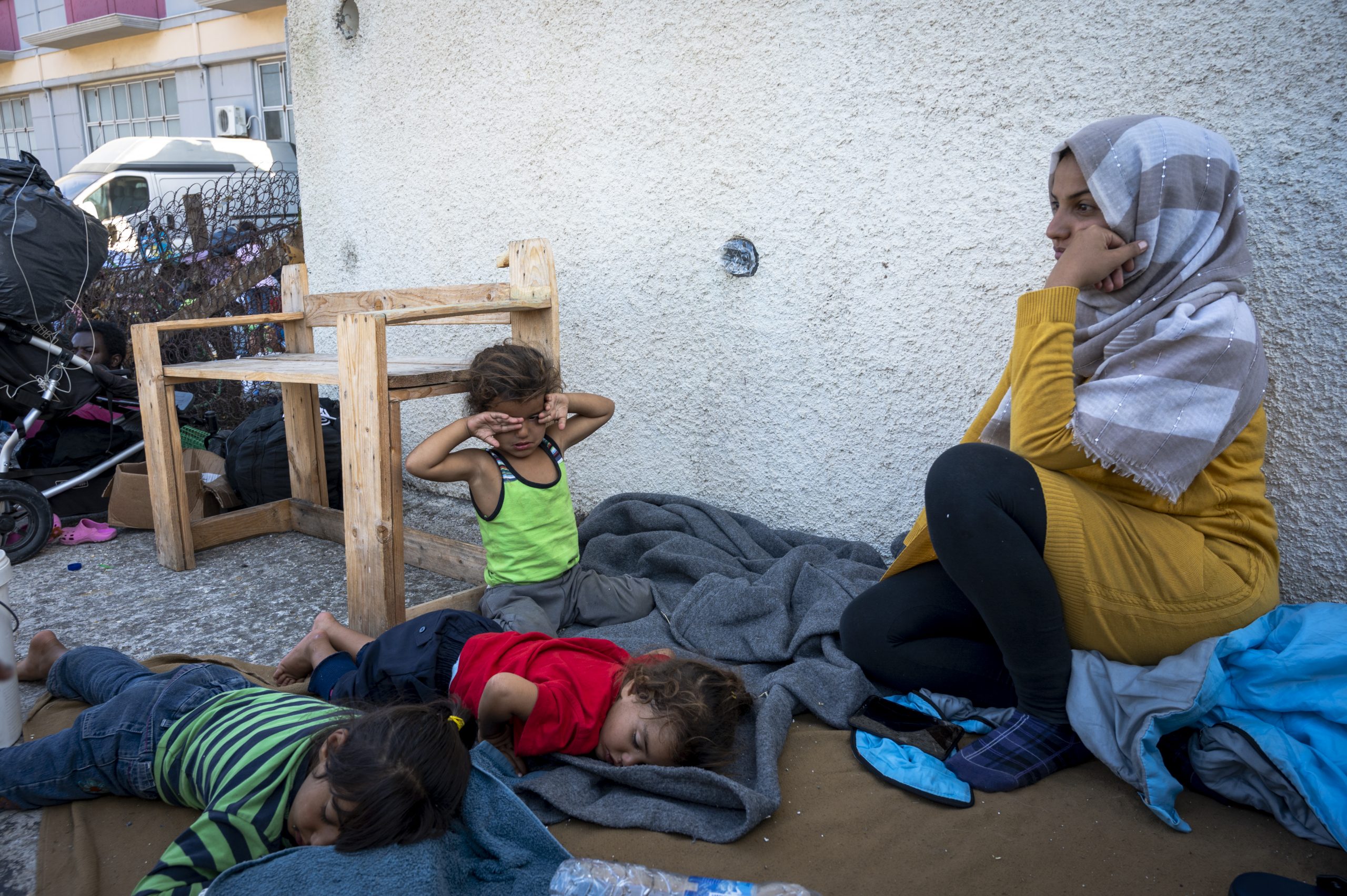
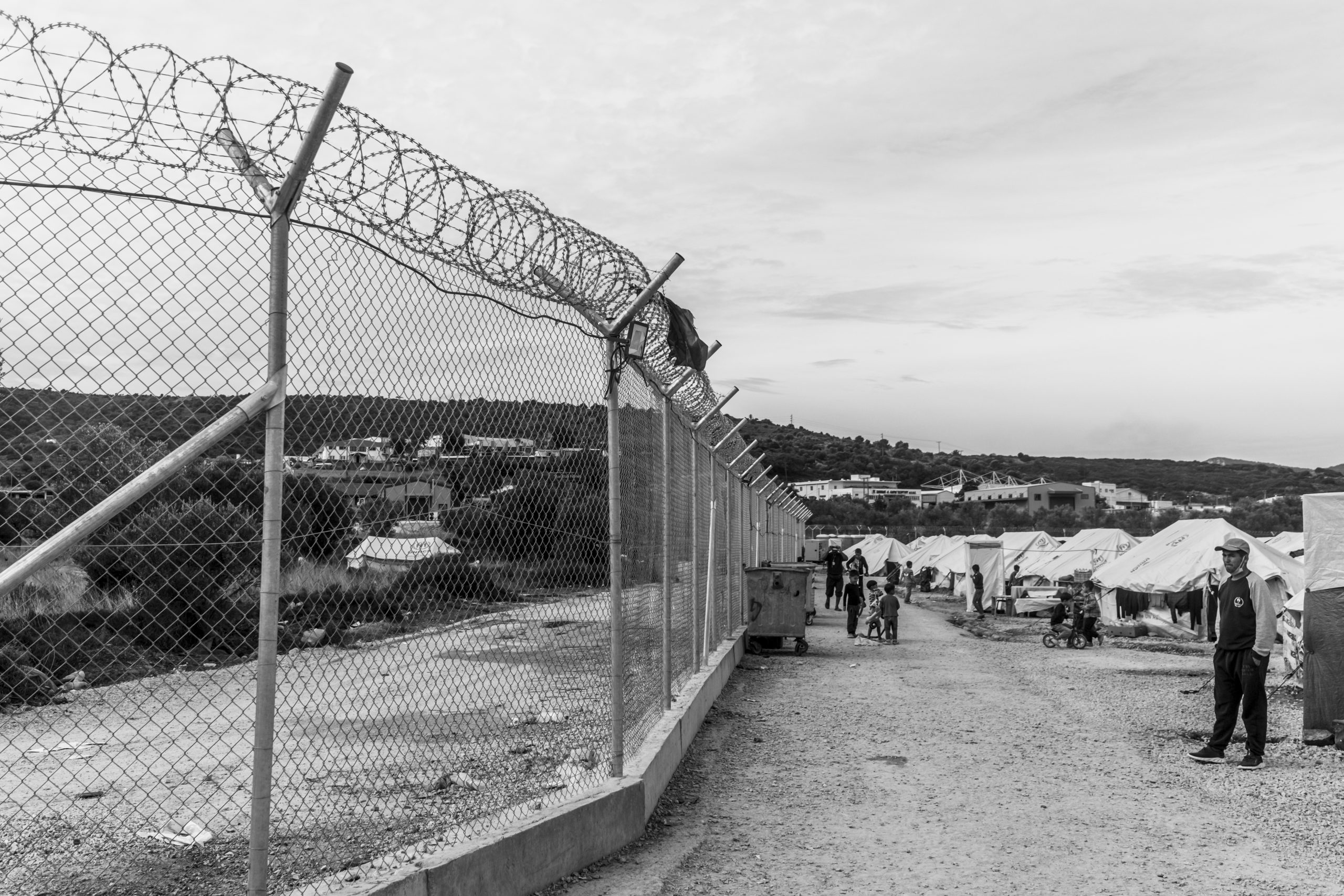
Seeking asylum is a human right!
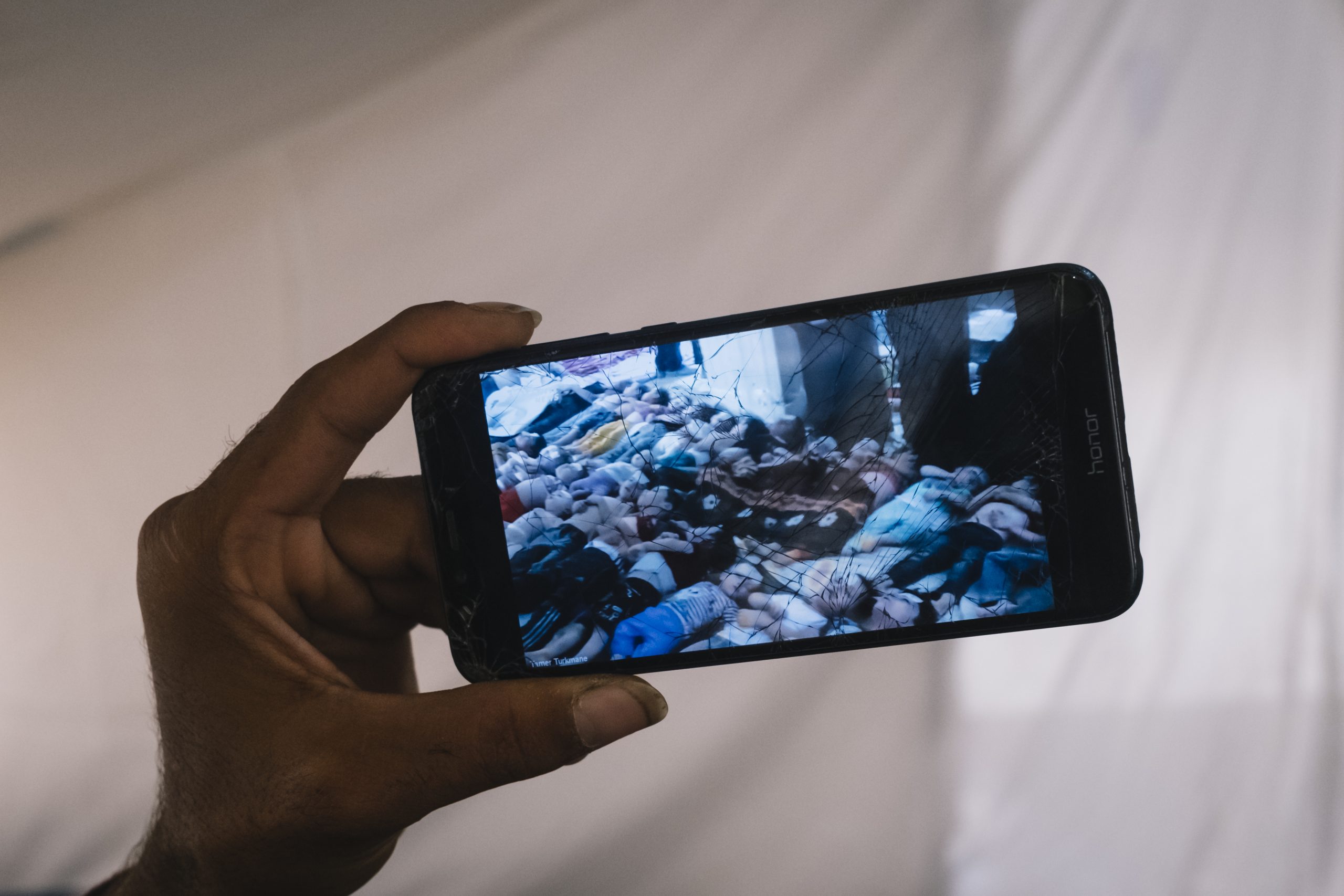
Some people are stateless people, but what does that mean?
Article 1 (1) of the 1954 Convention relating to the Status of Stateless Persons defines a stateless person as ‘a person who is not considered as a national by any State under the operation of its law’.
This definition is binding on all States parties to the Convention and applies to other States because the International Law Commission has concluded that it is part of international customary law.
To establish whether a person is stateless under the definition, it is necessary to analyse how a State applies its nationality law in practice to individual cases and to any review/appeal decisions that may be relevant to the individual’s case. The Netherlands defines a stateless person as follows: A stateless person is someone who is not considered a national by any state under the operation of its law. Some people have an ‘unknown nationality.
The designation ‘unknown nationality’ in the Personal Records Database is not the same as statelessness. Most migrants with this designation do actually have a nationality, but do not have any documents to prove it.
Always bear in mind that some asylum-seekers, refugees, IDPs and migrants may also be stateless. In addition, there are stateless persons, who have never crossed borders and find themselves in their “own country”. For these individuals, statelessness is often the result of problems in the framing and implementation of nationality laws.

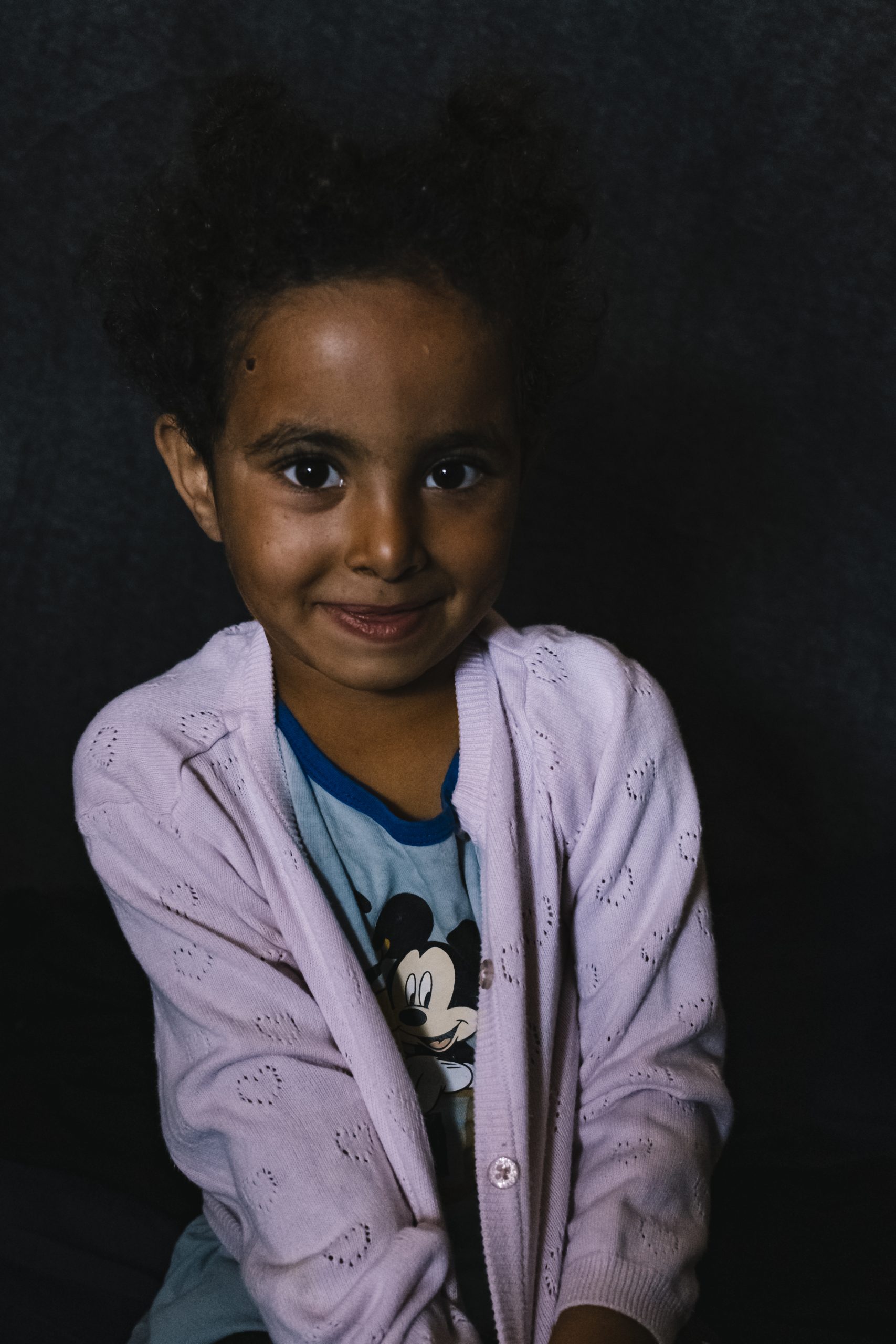

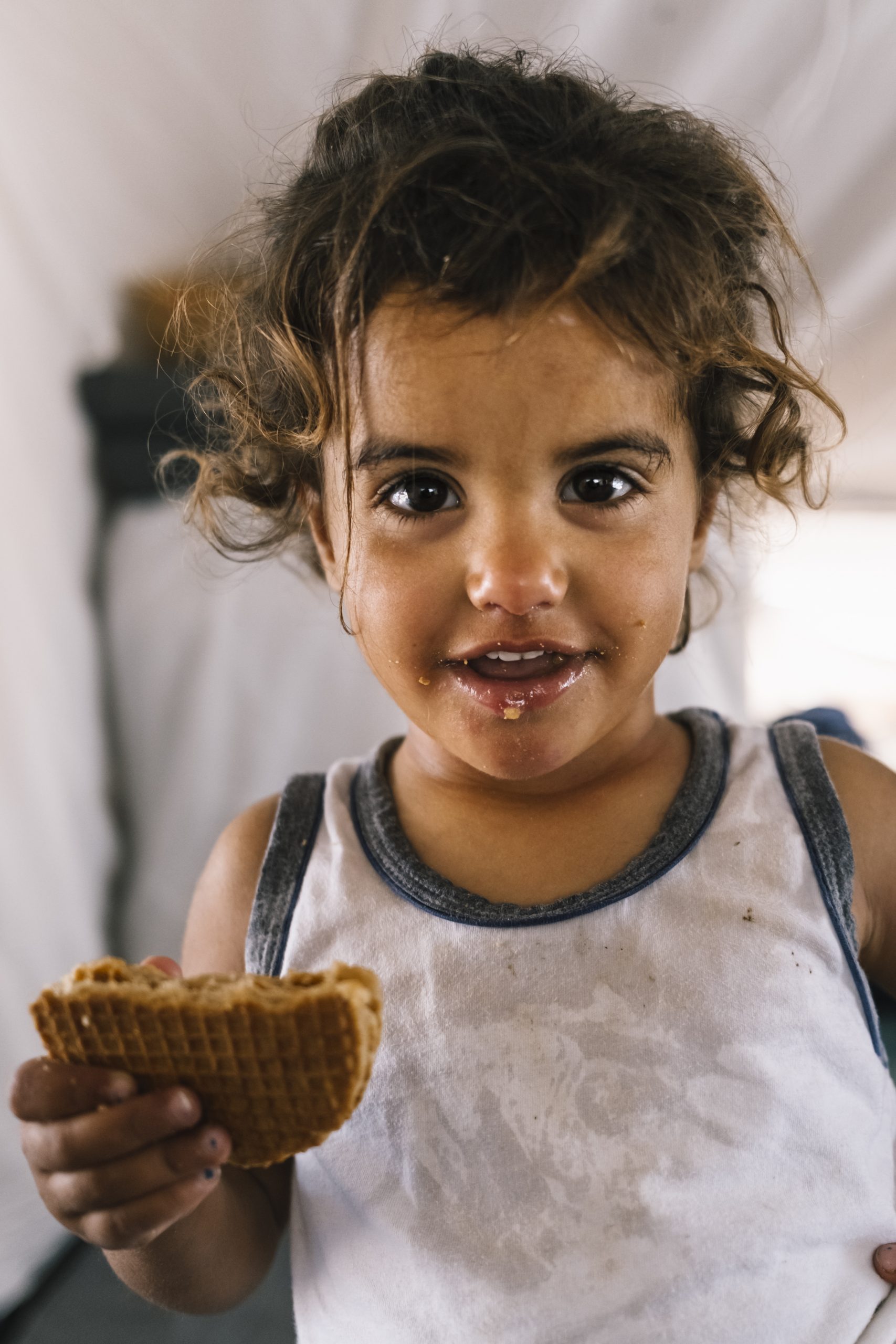
I hope it is now clear to you when to use which definition. Remember, we are talking about people. Using definitions other than describing ourselves makes us distancing ourselves from ‘them’. You can always use: people seeking refuge, people fleeing their country, people searching for a safe home, people running away from war. It’s a bit longer and a bit more difficult to use in sentences but the emotion we have with asylum-seeker is different then when we say “a person running away from war”.
Anyway I hope if you use a definition, from now on you use the right one ![]()
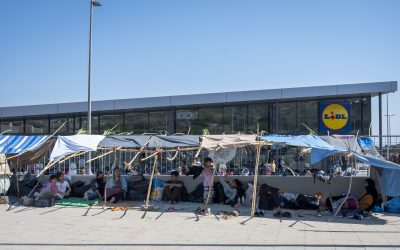
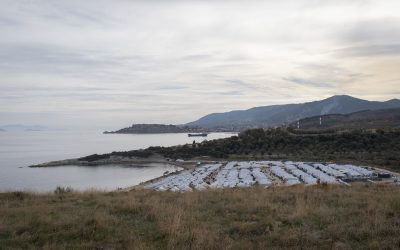
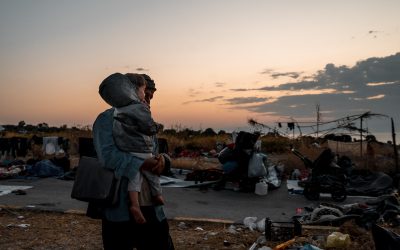
0 Comments